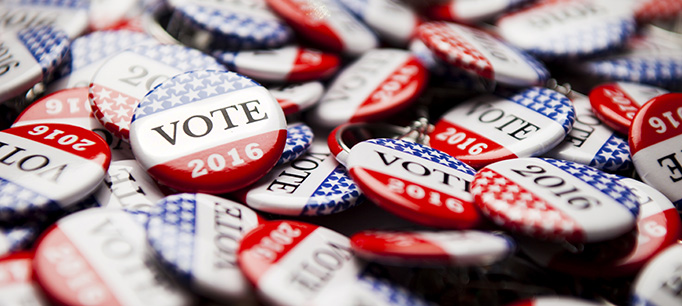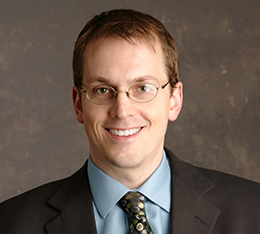With the voting this week, California has now entered its third election cycle with a “top two” primary. This system marks a radical departure from the “semi-closed” approach in place from 2002 through 2010. Under that system, those voters registered with a party could vote only for candidates of that party. By contrast, the top two gives all voters the same ballot so they can vote for whomever they choose, regardless of party, and the two candidates with the most votes (again regardless of party) advance to the fall.
Among other goals, supporters of the top two hoped that the relatively open nature of the system would encourage more candidates to run and would lead to closer outcomes. There was also a general hope that it would give a leg up to candidates who were not favored by the Democratic and Republican Party establishments. How has the system performed and what do the results indicate?
For the state senate and US House, far more candidates under the top two have faced at least one candidate from their own party, a trend that shows no sign of letting up in 2016. But intra-party challenges for the assembly have faded to the point where such competition is not much more common than before the reform. The top two has actually discouraged some major-party candidates in heavily partisan districts from running, since such candidates are no longer guaranteed a place on the fall ballot. The share of such races without major party competition has declined from the highs of 2012 for state senate and US House races (7% now, 13% 2014, 19% 2012), but it continues to be high for the assembly (25% now, 25% 2014, 14% 2012).
What about threats to the party establishment? Incumbents have had something of a bumpy ride under the top two. But most of that can be pinned on the immediate chaos of the 2011 redistricting. The new districts were drawn by an independent citizen commission with little or no regard for incumbency and prompted many incumbents to retire or run for another office in 2012. Things have settled down quickly since then. Sitting members of the assembly are actually less likely to step down now than before the era of the top two.
In fact, on average the top two has been fairly kind to establishment candidates. In 2012 and 2014, every incumbent advanced to the fall campaign, as did almost every non-incumbent endorsed by a major party (205 out of 225). This election cycle is no different: all incumbents, and 103 of 117 endorsed non-incumbents, have advanced. By contrast, just 2 of the 50 minor party or independent candidates on the ballot have advanced, and in both cases, they were running against an otherwise uncontested Democrat.
Finally, while outcomes have been closer under the top two, competition has dropped off over time. Under the semi-closed primary, the gap between the first- and second-place candidates averaged 32 points; it averaged 16 points between the second- and third-place candidates (a divide that decides the finalists in a top two system). Under the top two, the gap between first and second has grown from 22 points in 2012 to 27 in 2014 to 31 in 2016; the gap between second and third has remained flat, between 11 and 13 points. A large share of races this primary election—73%—have produced one candidate with more than 50% of the vote. This number is still lower than the 88% under the semi-closed primary, but it is similar to the 72% in 2014 and much larger than the 59% in 2012. In most cases these races will be uncompetitive in the fall.
Of course, such broad averages may not be the best way to evaluate the system, since specific races have undeniably been changed. This is most obvious for the same-party contests, which could never have occurred under the semi-closed primary. So far there will be 22 such races this election cycle, similar to but slightly lower than the 25 in 2014 and 28 in 2012. At least some of these same-party races will pit a moderate candidate against a more liberal or conservative one, and some of these moderate candidates might win.
In fact, moderate candidates might succeed despite a disengaged electorate. The best evidence suggests California voters under the top two have tremendous difficulty separating the moderate candidates from the rest, and they rarely cross party lines when voting. In fact, the total Democratic and Republican votes in the primary can be predicted well by looking at a district’s party registration. But a dramatic change in voter behavior may not be required. If moderate candidates are more willing to run, and if they have the means to promote themselves, some of them are likely to win. The result would not be a wholesale change in the state’s leadership, but it might cause an important shift at the margins.


